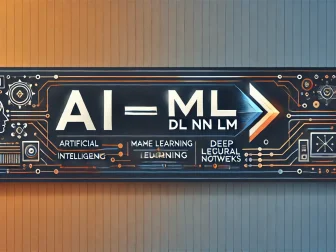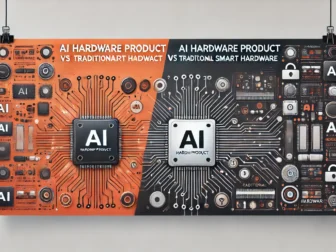Tag - large models
AI and Machine Learning, Blog , December 27, 2024 , achine Learning, Artificial Intelligence, Deep Learning, large models, Neural Networks
Exploring the Impact and Advantages of Large Models in Various Industries
Large models, also known as big models, have become a prominent topic in various industries due to their ability to handle vast amounts of data and complex tasks. These models are characterized by their immense size, often requiring extensive computational resources to train and deploy effectively. While the concept of large models is not new, recent advancements in artificial intelligence and machine learning have propelled them into the spotlight, leading to breakthroughs in fields such as natural language processing, computer vision, and healthcare.
One of the key advantages of large models is their ability to achieve superior performance compared to smaller models. By leveraging a massive amount of data during training, these models can capture intricate patterns and relationships that may be missed by smaller models. This results in higher accuracy and efficiency when performing tasks such as image recognition, language translation, and medical diagnosis. Additionally, large models can adapt to new data more effectively, enabling them to continuously improve and refine their predictions over time.
Large models have also revolutionized the field of natural language processing (NLP) by enabling the development of more advanced language models such as GPT-3 and BERT. These models, which contain billions of parameters, have demonstrated remarkable capabilities in tasks such as text generation, sentiment analysis, and question-answering. By utilizing large-scale language models, researchers and developers have been able to push the boundaries of NLP and create more sophisticated applications with human-like understanding.
In the realm of computer vision, large models have significantly enhanced the performance of image recognition systems, enabling them to accurately classify and detect objects in images and videos. Models like EfficientNet and ResNet have demonstrated state-of-the-art performance on benchmark datasets such as ImageNet, showcasing the power of large-scale neural networks in visual recognition tasks. Furthermore, large models have been instrumental in advancing autonomous driving technology, enabling vehicles to interpret complex scenes and make informed decisions in real-time.
The healthcare industry has also benefited greatly from the use of large models, particularly in medical imaging and disease diagnosis. By training models on vast amounts of medical data, researchers have been able to develop AI-powered tools that can assist radiologists in detecting abnormalities in X-rays, MRIs, and CT scans. Large models have shown promise in identifying early signs of diseases such as cancer, enabling healthcare professionals to make faster and more accurate diagnoses.
Despite their numerous advantages, large models also pose challenges in terms of computational resources, training time, and interpretability. Training a large model can be computationally expensive, requiring specialized hardware such as GPUs or TPUs to accelerate the process. Additionally, large models may suffer from overfitting, where they memorize the training data instead of learning generalizable patterns. Ensuring the interpretability and transparency of large models is also crucial, especially in high-stakes applications such as healthcare and finance.
In conclusion, large models have revolutionized the way we approach complex problems in various industries, pushing the boundaries of what is possible with artificial intelligence and machine learning. By harnessing the power of vast amounts of data and computational resources, large models have unlocked new opportunities for innovation and discovery. As researchers and developers continue to explore the potential of large models, we can expect to see even more groundbreaking advancements in the future.


